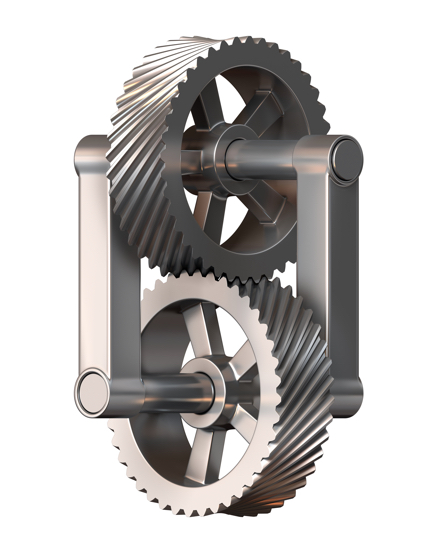For all of the controversy surrounding the Leahy-Smith America Invents Act prior to its passage, the final implementation of the First to File provision, more than a year later, seems almost anti-climatic with respect to its impact on academic technology transfer.
In practice, any academic technology transfer office that manages technologies with global implications already operates under international First to File considerations. Neither the previous nor the current domestic rules have any bearing on foreign rights, so any international patent strategy must operate within the most restrictive guidelines. Where the current domestic rules continue to differ from the international standards, such as the exclusion of self publication as prior art as long as the domestic patent is filed within one year of publication, full exercise of that option would continue to bar foreign patent filing. Where the current rules have been brought more in line with international standards, such as the scope of prior art including sale or use anywhere in the world, it is unlikely that the change will have any real impact on a true inventor’s rights.
Even the introduction of derivation proceedings, which takes effect next month as well, is not likely to have significant effect on academic technology transfer operations or patent strategy.
By contrast, the changes in other legal proceedings, which were implemented last year, have broader implications:
- The ability of third parties to submit documentation for the patent examiner to consider with respect to an application: While establishing a new challenge during the initial review, the inclusion of third party submissions should result in issued patents that are less susceptible to post grant challenges.
- The ability of the patent owner to request supplemental examination, to provide additional documentation for the patent examiner to consider, or to correct defects in the application: This new mechanism should also strengthen issued patents – including those issued prior to the current patent rule changes.
- Limitation on the scope and timing of post grant reviews: This new mechanism applies only if it is more likely than not that one or more claims is not patentable, and must be requested within 9 months of the patent issue. If an issued patent clears this timeline, the bar to challenge the patent is much higher.
- Limitation on the scope and timing of inter-partes reviews: These reviews are now limited to challenges with respect to novelty and nonobviousness.
The pursuit of these options, and the pursuit of civil action, are mutually exclusive on the same matter. This creates a new dynamic in the relationship between the technology transfer office and legal counsel early in the patent lifespan, as well as stronger patents with more defined licensing value as time passes and the opportunities for challenge diminish.
While the transition to First To File captured attention, it is the changes in the legal strategy that will require the greatest adjustment.


